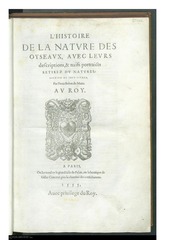Their result is very different from that of Cerny and Natale.
Until now, there was no genetic material available for
N. borealis; this species in Černý & Natale's tree is sister to
N. minutus based on morphological similarity only. The position of this pair, on the other hand, is presumably mainly a result of genetic data -- i.e.,
borealis presumably follows
minutus where the genetic data are placing it.
For the rest, the topology in the new tree is very much the same as in cox1 ("barcode") trees (see p. 98 in the supplementary material of Černý & Natale's paper, which is
here). Cox1 data are generally rather safe to use, because in most cases this locus has been sequenced for several (or even many) individuals, and problematic sequences (contaminations, misidentifications, etc.) are therefore generally easy to find. A very general issue with supertrees is that, of course, they can only be as good as the data that is included in the matrix. Unfortunately, when you don't have several sequences of a gene for a species, problematic sequences can be very hard to detect.
The basal position of
minutus (+
borealis) in Černý & Natale's tree seems to be largely driven by 12s-rRNA sequences (see the tree on p. 92 of the suppl. mat.). For many species, 12s has been sequenced only once, and some of these sequences could be wrong. The
N. minutus cytochrome
b sequence in Černý & Natale's data set is also quite clearly a
N. arquata sequence (see p. 101 of the suppl. mat.). I would expect this to have affected their tree, but not to have spuriously attracted
N. minutus to a basal position. (A long time ago (
here), I built a tree based in part on the same data; at this time, I excluded this
minutus cyt b sequence, as it appeared obviously spurious to me; I recovered
minutus in a basal position as well.)









